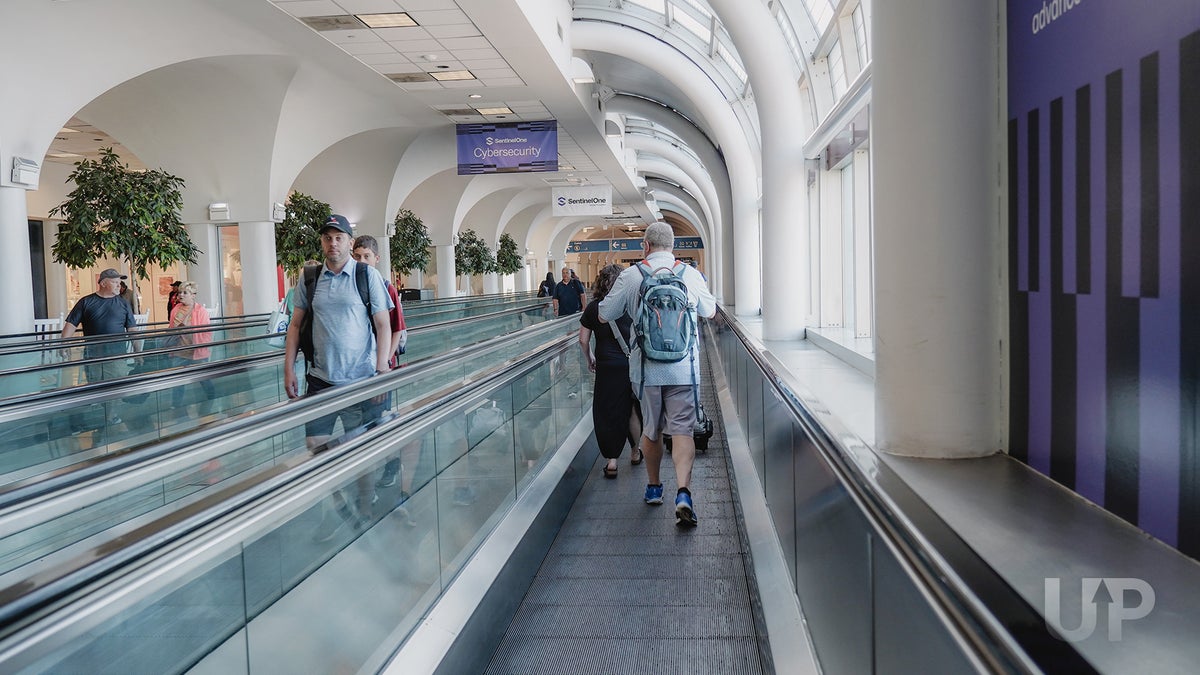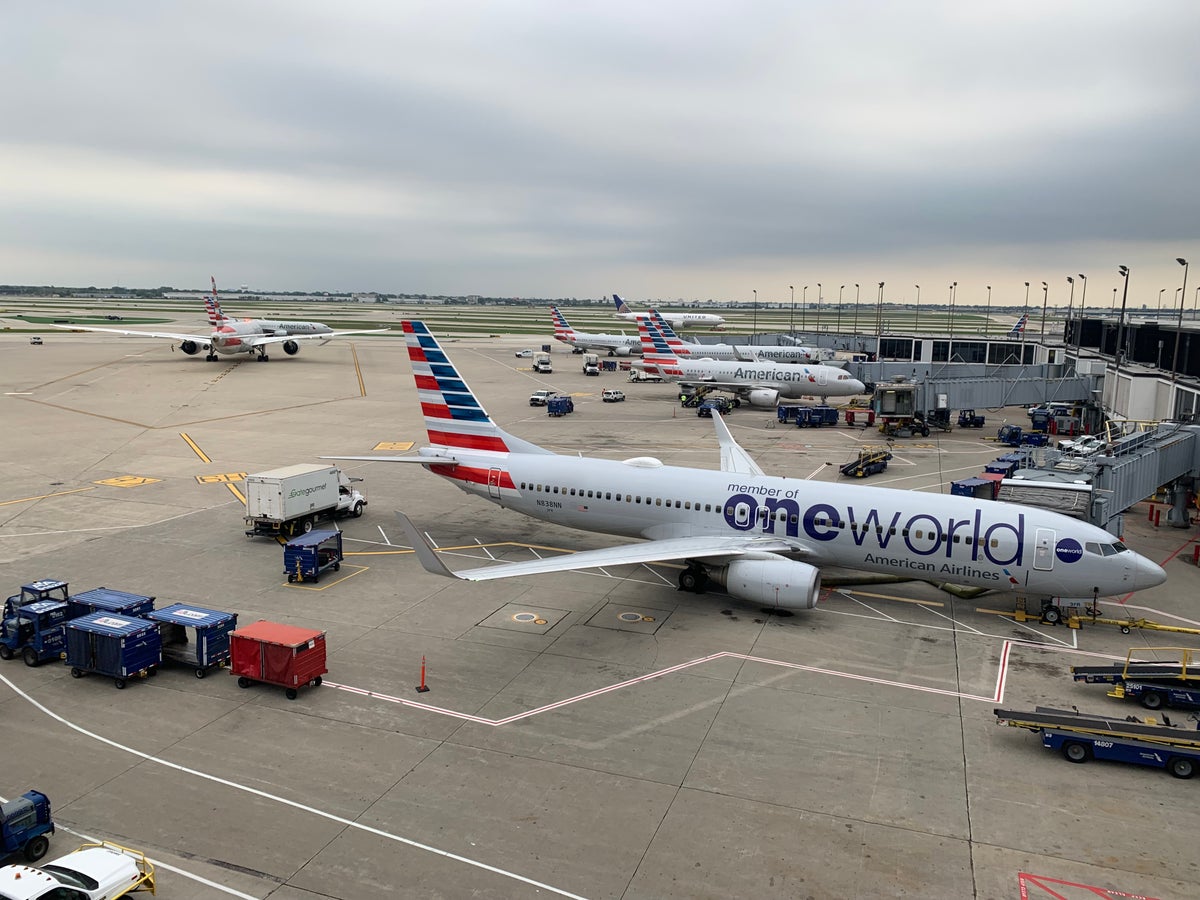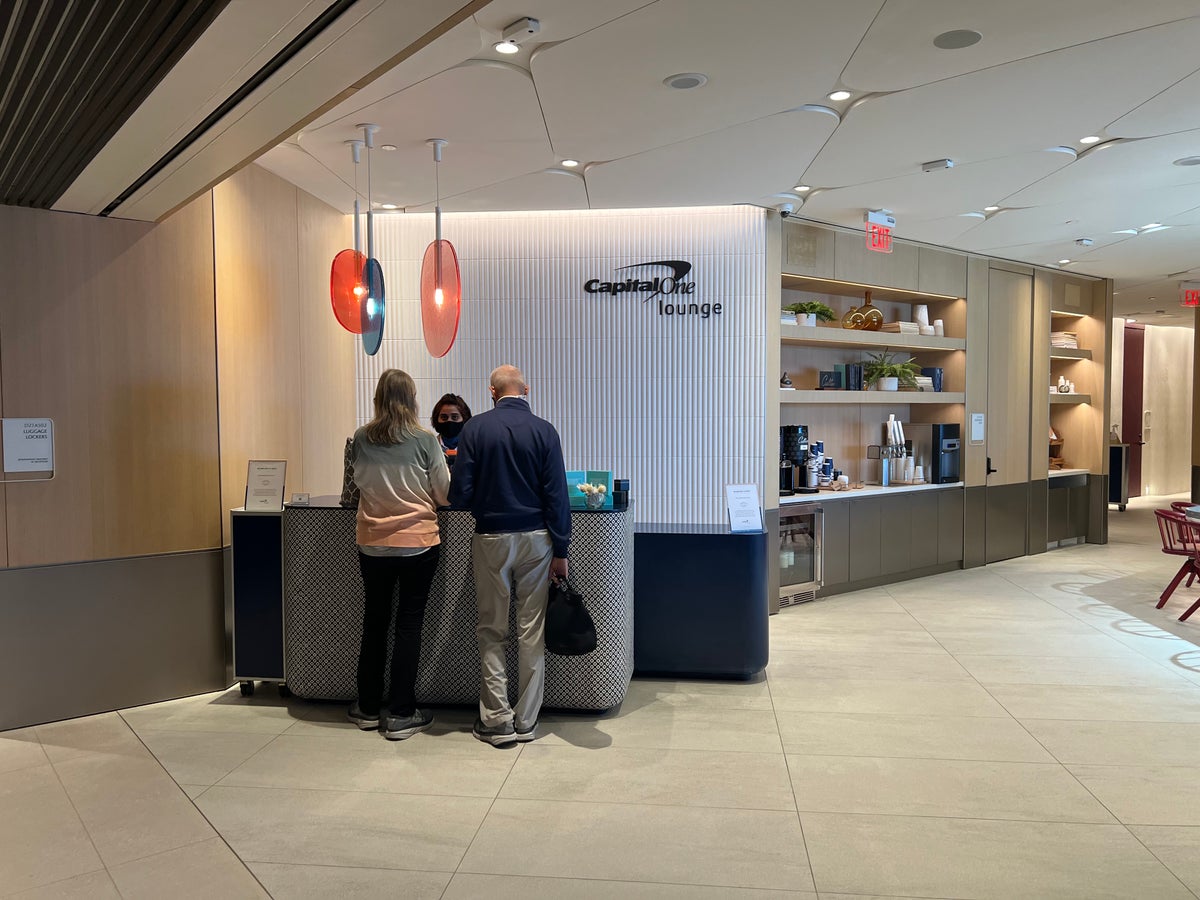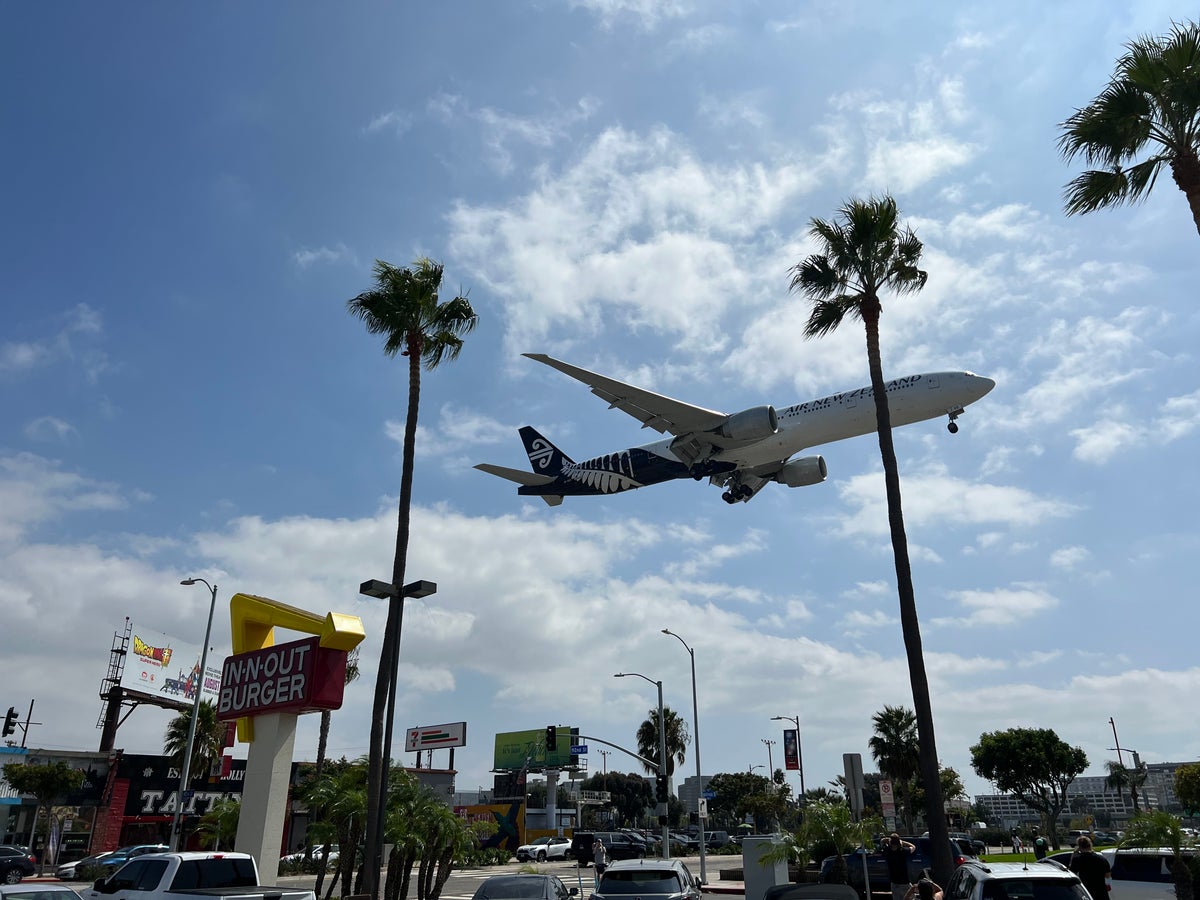James Larounis
James Larounis
Senior Content Contributor
610 Published Articles
Countries Visited: 30U.S. States Visited: 35
James (Jamie) started The Forward Cabin blog to educate readers about points, miles, and loyalty programs. He’s spoken at Princeton University and The New York Times Travel Show and has been quoted in...
Edited by: Jessica Merritt
Jessica Merritt
Senior Editor & Content Contributor
250 Published Articles 914 Edited Articles
Countries Visited: 4U.S. States Visited: 23
A long-time points and miles student, Jessica is the former Personal Finance Managing Editor at U.S. News and World Report and is passionate about helping consumers fund their travels for as little ca...
& Jestan Mendame
Jestan Mendame
Compliance Associate
1 Published Article 867 Edited Articles
Countries Visited: 12U.S. States Visited: 3
Since 2016, he has embraced the life of a digital nomad, making the world his office. He has built a career in social media marketing and blogging for various travel brands, which is also his bread an...



